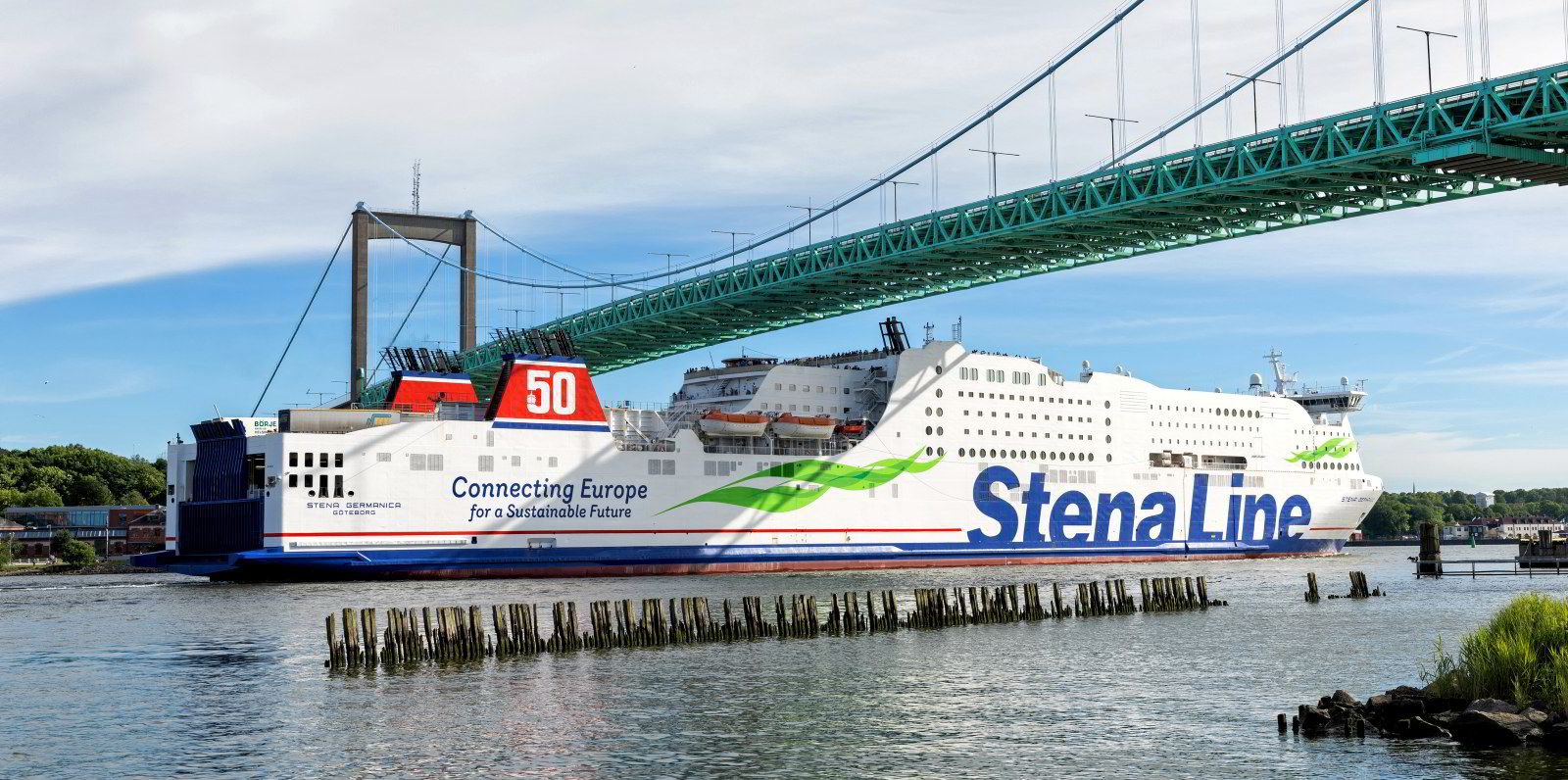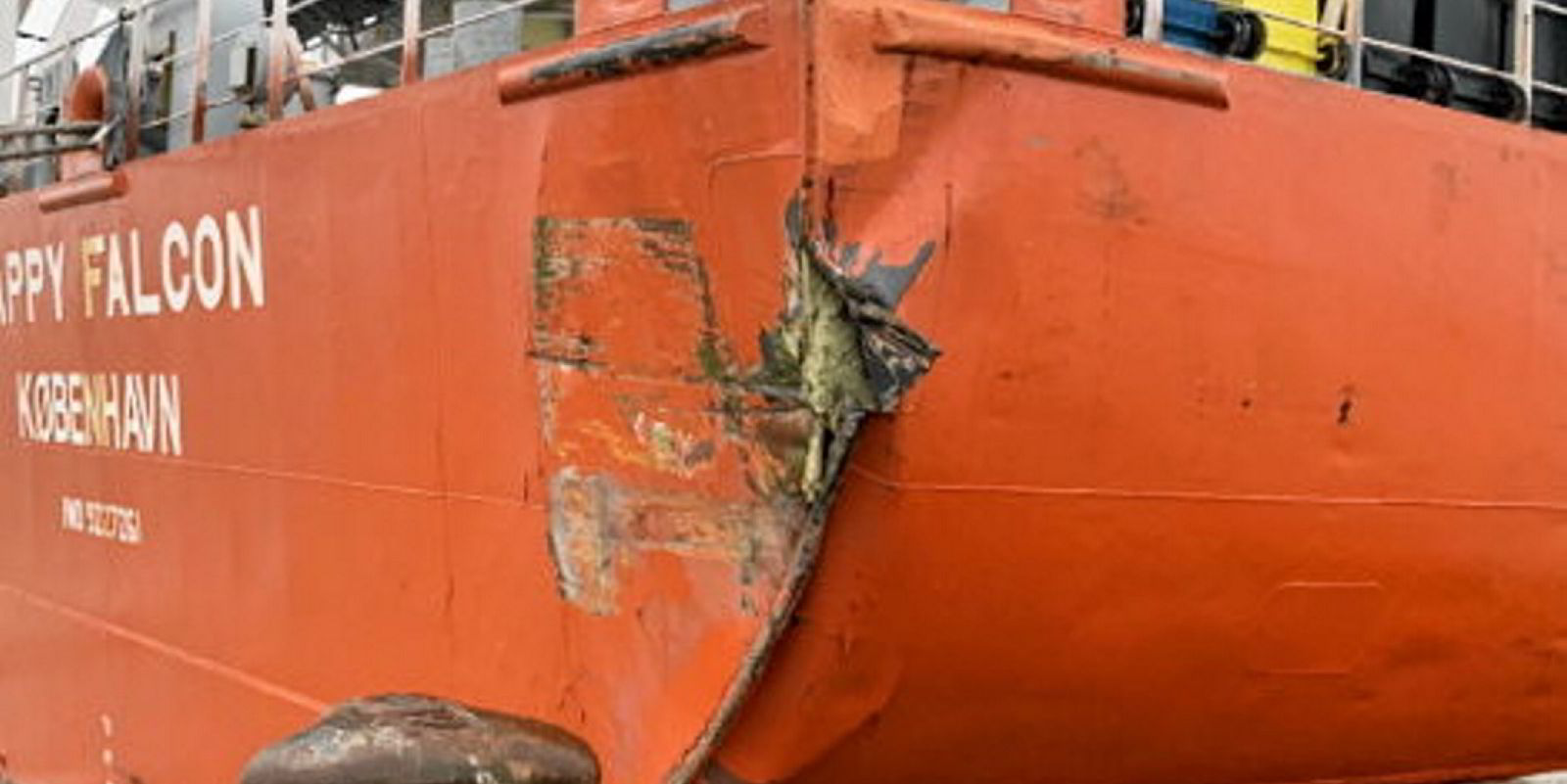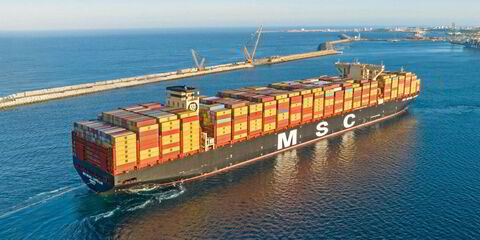An engineer on a Stena Line ferry probably died as a result of an electric shock while the vessel headed to Germany, a Swedish accident report has found.
The Swedish Accident Investigation Authority (SHK) said the death of the crew member on the 1,300-berth ropax Stena Germanica (built 2001) on 27 June 2022 was at first believed to have been due to a heart attack or similar natural causes.
The engineer was found unconscious next to a ballast pump in the boiler room.
SHK said CPR continued for over an hour without success. A doctor and a nurse among the passengers assisted the crew during the rescue operation.
Two weeks later, in the same location, another engineer suffered an electric shock that led to the investigation of the earlier accident.
On 14 July, a seafarer was looking for the cause of a water leak at the ballast pump where his colleague had died, SHK said.
As he leaned forward to feel where the water was coming from, he received a very strong electric shock from a solenoid valve that was wet, the agency added.
“The marine engineer did not know that it was at that ballast pump that his colleague had been found and that the colleague had also been looking for a water leak,” the report said.
Suspicions then arose that the live part could have had a connection with the previous death.
Stena hired an electrical company that came on board the day after the second incident to investigate, while informing police that the earlier fatality could have been an electrical accident.
Errors identified
The report identified several different errors that caused the components to become live.
The gasket that should sit between the connector and the coil of the solenoid valve was missing, and there was also no protective grounding.
The incoming cables had also been changed, which meant that the solenoid valve was energised the whole time the pump was in operation.
This did not affect the operation of the ship and the crew had not received any indication there was a problem.
The electrical circuit was designed as a solidly-earthed system, which was not part of ordinary isolated-earth fault monitoring.
“These earthed systems can produce high fault currents when transferred to ground, which in this case was the ship’s hull,” SHK found.
The accident on 14 July was caused by improperly connected components of a ballast pump becoming live when they came into contact with water, causing current to pass through when the crew member touched the components.
This was probably also behind the death on 27 June, the report said.
“The underlying reasons for the components becoming live were probably that persons without sufficient knowledge had carried out electrical installation work,” SHK said.
Shipbuilding questioned
“Deficiencies may also have existed in the electrical installation already when the ship was delivered as new,” the agency added.
The vessel was built by Izar in Spain.
SHK has asked Stena Line to review routines to speed up response times when accidents occur.
The Swedish Transport Agency has been recommended to pay attention to the risks of improperly performed electrical work on board ships.
SHK said dialogue with shipowners should emphasise that only seafarers with electrical knowledge should engage in such work.
A Stena Line spokeswoman told TradeWinds: “We have consistently cooperated with the authorities throughout the investigation process, and we have no additional information to provide other than what has been disclosed in the investigation report.”
Izar has been contacted for comment.




